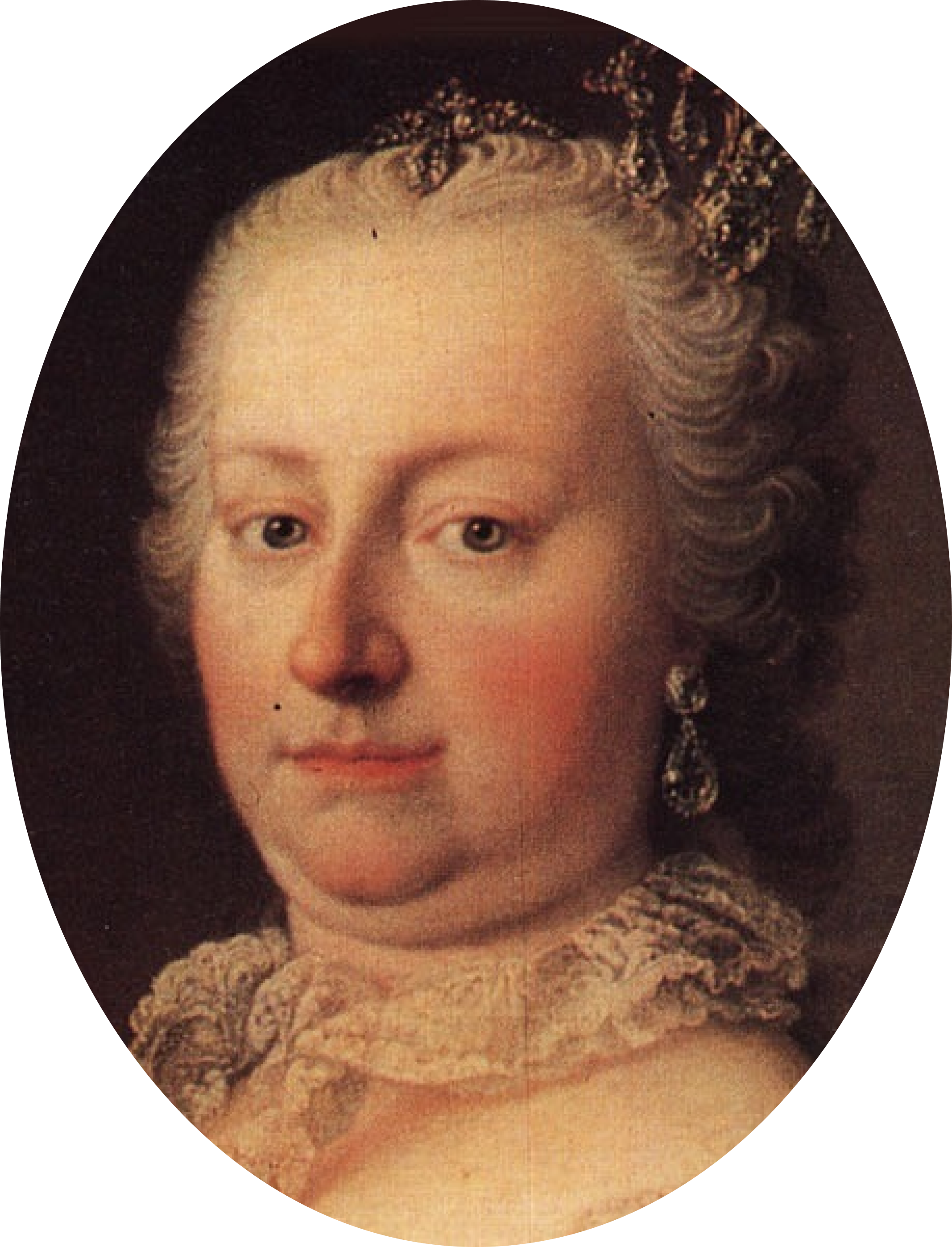Brera Art Gallery
More than 30 halls with works by famous Italian artists from different eras

Pinaco
the history of
The Pinacoteca di Brera Gallery has existed in Milan since the XVIII century.
It arose by royal decree, when Maria Theresa of Austria ordered the opening of an art gallery in one of the palaces of the city, built back in the XVI century.
It arose by royal decree, when Maria Theresa of Austria ordered the opening of an art gallery in one of the palaces of the city, built back in the XVI century.
teca
Brera become a museum to host the most important works of art from all of the areas conquered by the French armies.
So unlike other important museums in Italy such as the Uffizi, Brera did not start out life as the private collection of a prince or nobleman but as the product of a deliberate policy decision.
So unlike other important museums in Italy such as the Uffizi, Brera did not start out life as the private collection of a prince or nobleman but as the product of a deliberate policy decision.
Pinacoteca
The location for the gallery was not chosen by chance at all: the Milan Academy of Arts was located in the Baroque palace complex at that time.
Long before the gallery appeared, the monastery of the Order of the Humiliates and the Gothic-style church of Santa Maria stood on this site. To date, almost nothing remains of the monastery and the church.
see the real masterpieces
“St. Mark Preaching in Alexandria” Gentile Bellini and Giovanni Bellini 1504-1507
The huge canvas adorned the reception room of the Scuola Grande di San Marco in Venice, one of the city’s most prestigious and powerful confraternities. It was commissioned from Gentile Bellini in 1504 but was left incomplete on the death of the artist in 1507.
We do not know what stage the picture had reached, but it was finished by his brother Giovanni, who was requested to do so in Gentile’s will.
We do not know what stage the picture had reached, but it was finished by his brother Giovanni, who was requested to do so in Gentile’s will.
“Supper at Emmaus” Caravaggio (Michelangelo Merisi) 1606
Caravaggio painted the Supper at Emmaus between 1605 and 1606, probably painted on the Colonna estate in Paliano where he sought refuge after fleeing Rome for slaying Ranuccio Tomassoni, before his final flight from the city after being found guilty of murder.
He managed to sell it, through the good offices of Ottavio Costi, to Marquis Patrizi and it was still in that aristocratic family’s palazzo in Rome in 1939, when it was purchased for the Pinacoteca by the Associazione Amici di Brera.
He managed to sell it, through the good offices of Ottavio Costi, to Marquis Patrizi and it was still in that aristocratic family’s palazzo in Rome in 1939, when it was purchased for the Pinacoteca by the Associazione Amici di Brera.
“The Marriage of the Virgin” Raffaello Sanzio (Raphael) 1504
The painting, dating from 1504, was moved from the Church of San Francesco in Città di Castello to the Pinacoteca in 1805. Raphael painted the Marriage of the Virgin having in mind the altarpiece with the same subject by Perugino, which is conserved at the Musée des Beaux-Arts in Caen.
Raphael took inspiration from it, using its composition structure and iconography to obtain a result of incredible and unachievable perfection.
Raphael took inspiration from it, using its composition structure and iconography to obtain a result of incredible and unachievable perfection.
“The kiss” Francesco Hayez 1859
It is one of the emblematic images of the Pinacoteca and perhaps the most widely reproduced Italian painting of the whole of the 19th century, created with the aim of symbolizing the love of the motherland and thirst for life on the part of the young nation that had emerged from the Second War of Independence and which now placed so many hopes in its new rulers.
Interesting Gallery Features
Every third Thursday, you can admire paintings in the halls for three hours, accompanied by live music. In this way, there is a kind of communication between art, musicians and the public.
The Academy and the gallery are located in the same palace: anyone can enter the auditorium and listen to lectures for students, become a participant in various interesting art history events.
Visitors have a unique opportunity to track the various steps in the restoration of a painting from close up, even viewing the work from different angles (such as the back, which is not normally visible to the public).
Learn more about future events
facts about pinacoteca di brera
1809
the year of the gallery's foundation
38
halls, arranged in chronological order
418 000
visitors per year
museum collection
To visit the Brera Gallery means to use the opportunity to personally examine the canvases of the past centuries, which are included in the list of the main masterpieces of art around the world.
Brera helps to trace the path of development of Italian painting, to get acquainted with its chronicle and features that are part of the unique appearance of this country.













visit pinacoteca di brera
The Pinacoteca di Brera is located in the Palazzo Brera, home to other cultural institutions such as the Brera Library, the Astronomic Observatory, the Botanical Garden, the Lombard Institute for Science and Art and the Academy of Fine Arts.
The gallery is opened
From 09:00 to 19:00
Location
Tuesday-Sunday
Via Brera, 28, Milano
Booking assistance
+1 (312) 922-94-10
brera@gmail.com
Mon-Sun, 9.00am-6.00pm
pinacoteca di brera
This site created for non-commercial properties
Image credits from https://pinacotecabrera.org/en/
Via Brera, 28, Milano
